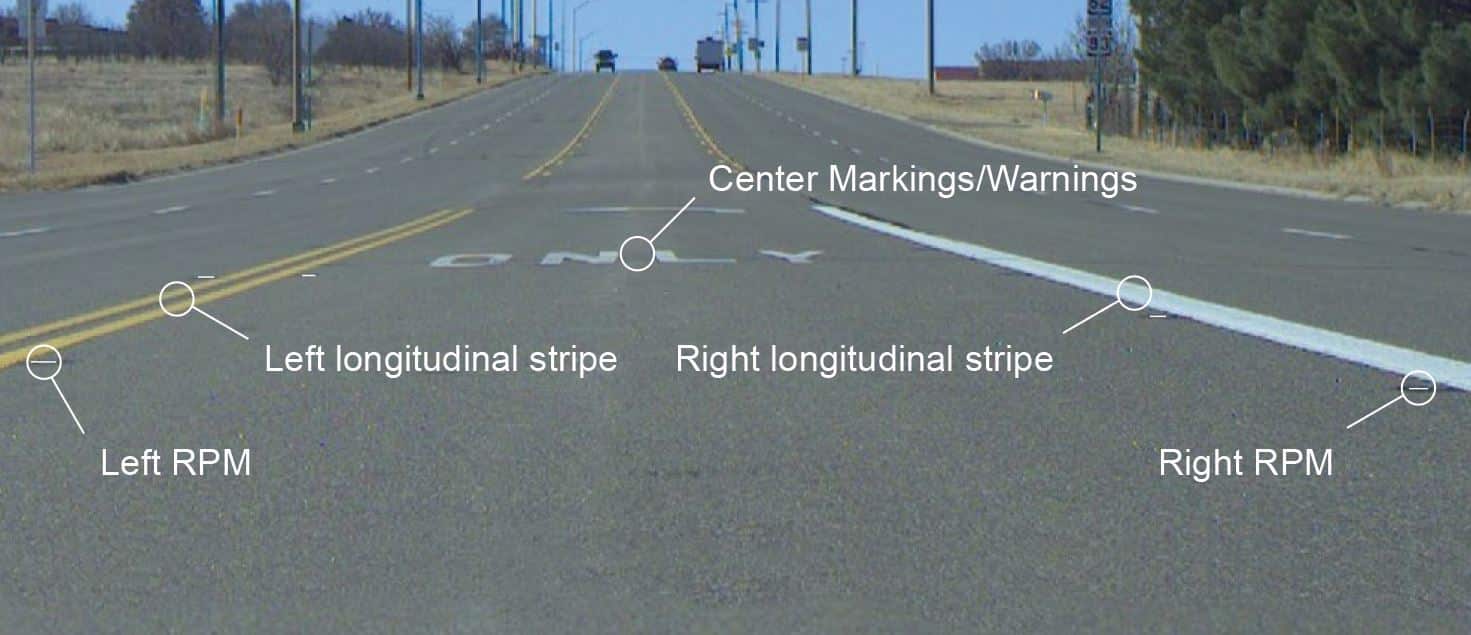FHWA’s Minimum Retroreflectivity Standards Now In Place
BY AsphaltPro Staff

The U.S. Department of Transportation’s Federal Highway Administration (FHWA) has enacted a new rule to improve road safety by ensuring pavement markings are more visible in dark and low light conditions. The final rule, announced August 2022, is the first federal minimum standard for retroreflectivity of pavement markings.
“This rule will save lives by helping those traveling see pavement markings more clearly and know what lies ahead, especially in darkness and other instances when visibility is critical,” said Acting Federal Highway Administrator Stephanie Pollack in a press release.
The rule also aims to make pavement markings clearer for Autonomous Driver Assisted Systems (ADAS).
The Manual on Uniform Traffic Control Devices for Streets and Highways (MUTCD) currently requires that pavement markings be visible at night and that all markings on interstate highways be retroreflective. However, it does not set a minimum level of retroreflectivity. The new standard, outlined in the MUTCD, establishes two minimum targets for reflectivity:
- Longitudinal pavement markings for roads with speed limits of 35 miles per hour or greater with an average annual daily traffic of 6,000 vehicles per day must meet a minimum retroreflectivity of 50 millicandelas per square meter per lux; and
- Longitudinal pavement markings for roads with speed limits of 70 miles per hour or greater must meet a minimum retroreflectivity of 100 millicandelas per square meter per lux.
Roads with fewer than 6,000 vehicles per day and those that are sufficiently lit are exempt from the minimums. The standard also does not apply to other pavement markings, such as center symbols, arrows, chevrons, words and crosshatch markings. Transverse markings and crosswalks are also excluded.
Although some state and local agencies already have standards that meet or exceed the new requirements, those that don’t will have four years to establish a method for maintaining pavement marking retroreflectivity at those minimums.
The methods for maintaining pavement markings, detailed in FHWA-SA-14-017, include visual inspections, measured retroreflectivity, expected service life replacement and blanket replacement. According to the FHWA, pavement marking improvements are eligible for up to 100% federal aid funding.
“We would highly recommend that U.S. road agencies start the planning process now to address how they will monitor and maintain pavement markings to the new standards for minimum retroreflectivity levels,” said Joe Turley, CEO of pavement marking supplier RetroTek, Dublin, Ireland, in a press release.
Omar Smadi at the Institute for Transportation at Iowa State University told Bloomberg News that the new standard may propel cities to “invest in higher-performing pavement paint to reduce the need to redraw lane markings.” The standard may also increase the use of new pavement marking materials and technologies.
Solutions that maximize data collection and minimize traffic disruptions, like RetroTek-D mobile retroreflectometer system, could help road authorities get accurate retroreflectivity measurements across the full lane width in one pass. “The ability to compare survey results over different years within our survey software helps authorities to plan and predict pavement marking maintenance requirements and budgets,” Turley said.
The Retroreflective Pavement Markings final rule will be included in the 11th Edition of the MUTCD and is effective as of Sept. 6, 2022. Read the final rule published in the Federal Register Aug. 5.
